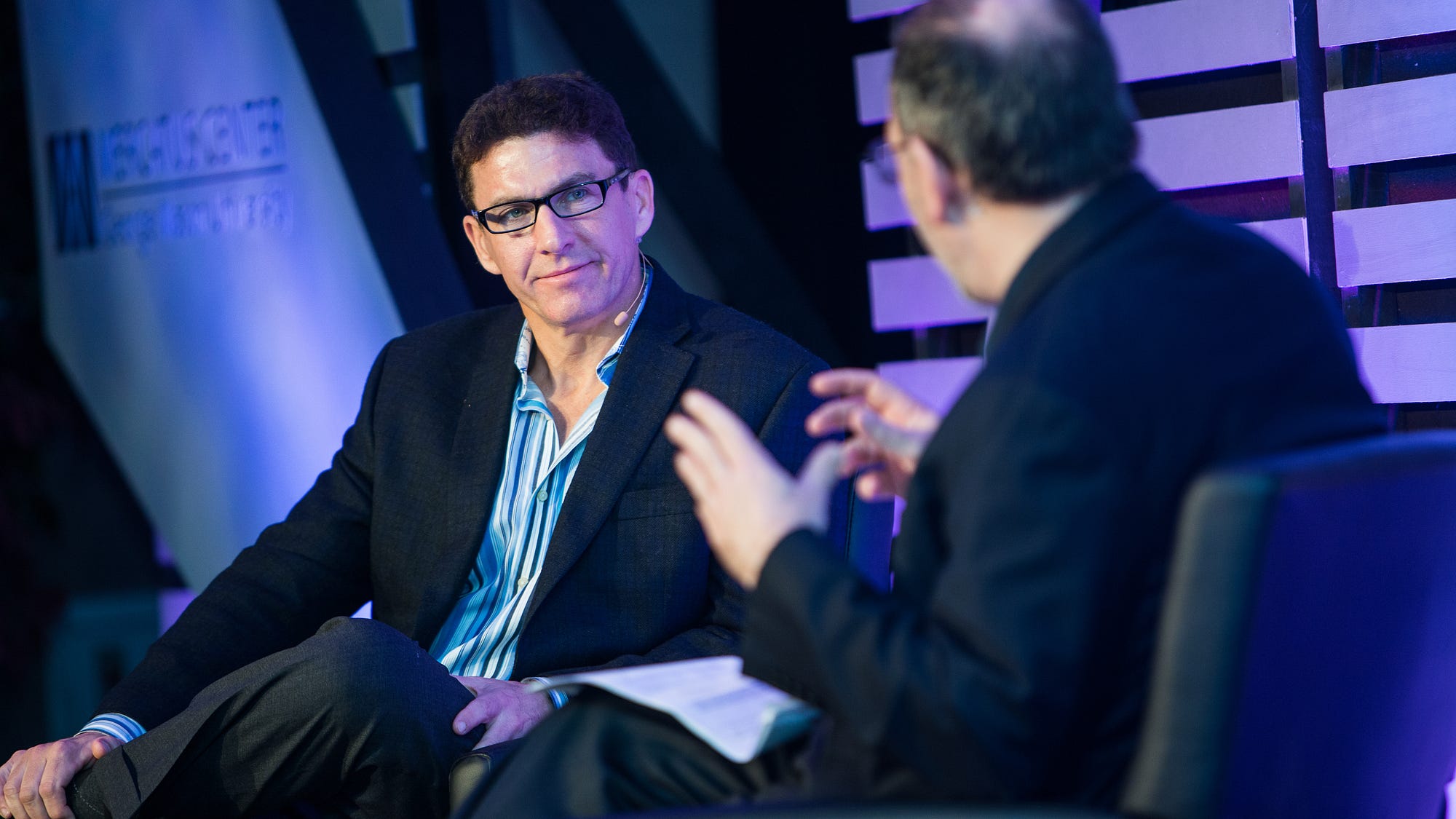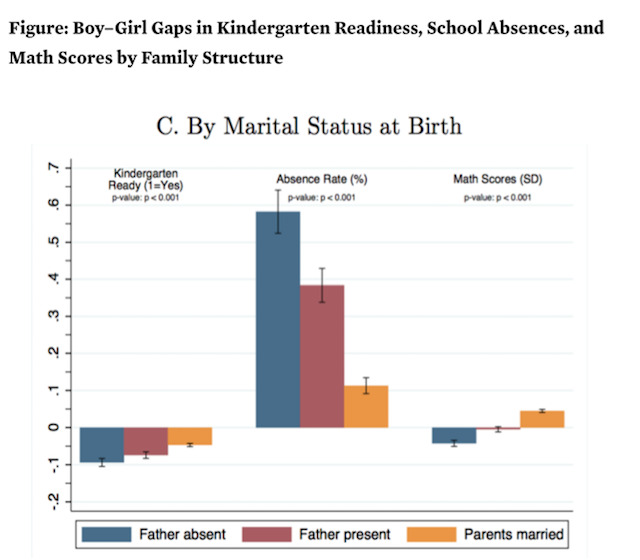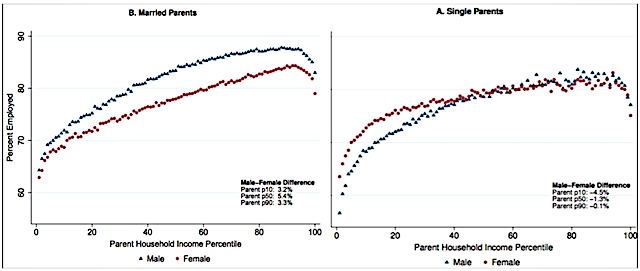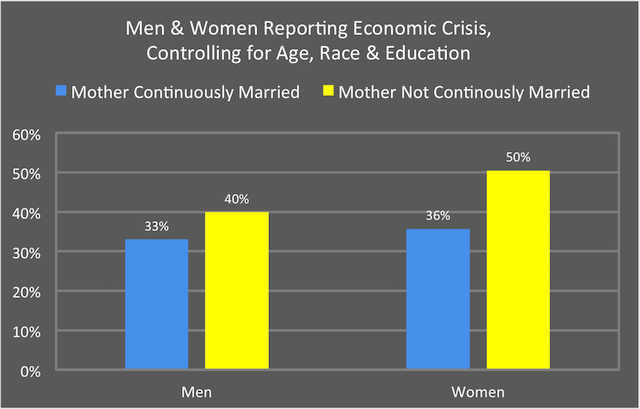
At least that’s what one consultant advocates over at the Harvard Business Review blog. “As long as men and women are treated exactly the same by organizations,” says Avivah Wittenberg-Cox,
most women will continue to be shut out of senior roles. And yet for the past 30 years, managers have been taught to do just this: treat men and women exactly the same. That is considered the progressive thing to do. Any suggestion of difference was, and often still is, labelled a bias or a stereotype, especially by many women, eager to demonstrate that they are one of the guys, or the in-group.
The business world’s denial of differences hurts women, and excludes them in a myriad of ways – consciously and unconsciously – from leadership. Because differences are not recognized, women are too often simply judged as “not fitting” the dominant group’s systems, styles and patterns. There were good reasons for pushing “sameness” in the past, and the laws of many countries underlie today’s companies’ insistence on similar treatment – being treated the same is, after all, better than being treated worse. But today, those are not our only options. It’s time for companies to adapt to women – or watch them walk out the door to competitors who will. In all the companies I work with, lack of recognition of basic differences like career cycles, communication styles, or attitudes to power is enough to eliminate one gender and prefer the other.
As an example of role reversal, she points out
that because eight out of nine U.S. teachers today are women, schools today judge boys learning styles subpar because they deviate from the norm set by girls and women. Instead of adapting to boys’ differences (“more physical energy, developmentally less mature, use language differently,” as he put it), we insist that both genders behave the same, and medicate our sons to calm them down. According to [Michael] Thompson, 11% of American boys are diagnosed as having ADHD and are on drugs for it. That’s 85% of the global ADHD drug consumption. And since the late 1990s, boys have been more likely to drop out of school than girls. Imbalances like these help account for the growing gender imbalance in higher education (60% of university graduates will soon be women in the U.S.).
She quick to explain that she is not calling for “special treatment.” She is also not arguing for the innateness of gender differences. “After all,” she says,
businesses don’t debate whether the differences between Chinese and American employees are innate. They know that to work with and for the Chinese requires learning their language and culture. Working across genders is similar. Companies and managers, as well as teachers and educators, will need to learn the real and imagined differences between genders – and adapt to them if they want to work with and for both men and women. They urgently need to become “gender bilingual” if they want to tap into today’s talent pool.[ref]This is why you see consulting in “gender intelligence.”[/ref]
Worth thinking about.

 Brené Brown’s Daring Greatly made my
Brené Brown’s Daring Greatly made my  As some of my
As some of my  I don’t think I’ve ever mentioned this before on here, but, as some of you may have guessed, I go to therapy. I haven’t as of late for various reasons, but for a solid two years I went pretty much every other week. My interest in
I don’t think I’ve ever mentioned this before on here, but, as some of you may have guessed, I go to therapy. I haven’t as of late for various reasons, but for a solid two years I went pretty much every other week. My interest in 

 Trigger warnings” have been all the rage lately. They’ve sparked a
Trigger warnings” have been all the rage lately. They’ve sparked a  It turns out that favorite buzzwords and phrases like “racist,” “white privilege,” and “implicit bias” are often seen by these voters “as coded slurs. These terms don’t signal to them that they’re doing something wrong, but that their supposedly racist attitudes (which they would deny having at all) are a justification for lawmakers and other elites to ignore their problems…What’s more, accusations of racism can cause white Americans to become incredibly defensive — to the point that they might reinforce white supremacy. Robin DiAngelo, who studies race at Westfield State University, described this phenomenon as “white fragility” in
It turns out that favorite buzzwords and phrases like “racist,” “white privilege,” and “implicit bias” are often seen by these voters “as coded slurs. These terms don’t signal to them that they’re doing something wrong, but that their supposedly racist attitudes (which they would deny having at all) are a justification for lawmakers and other elites to ignore their problems…What’s more, accusations of racism can cause white Americans to become incredibly defensive — to the point that they might reinforce white supremacy. Robin DiAngelo, who studies race at Westfield State University, described this phenomenon as “white fragility” in 


